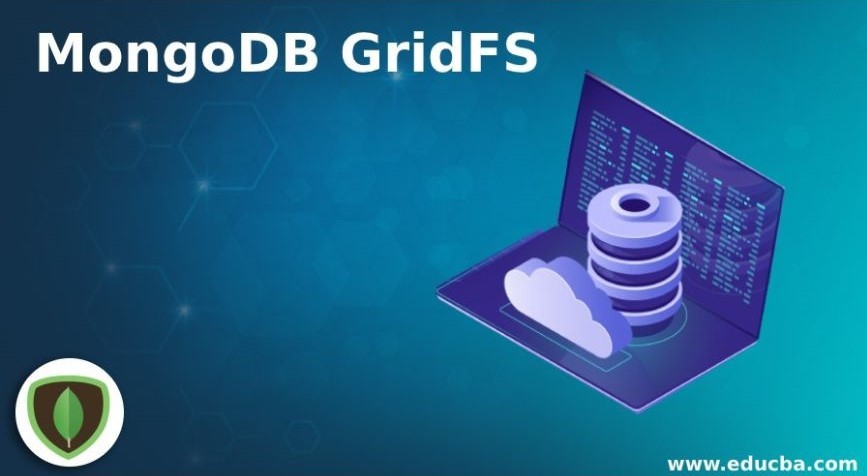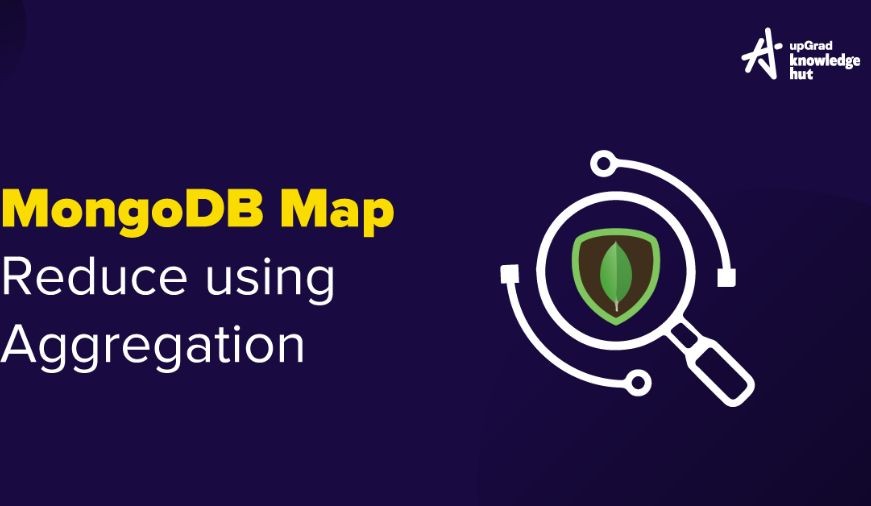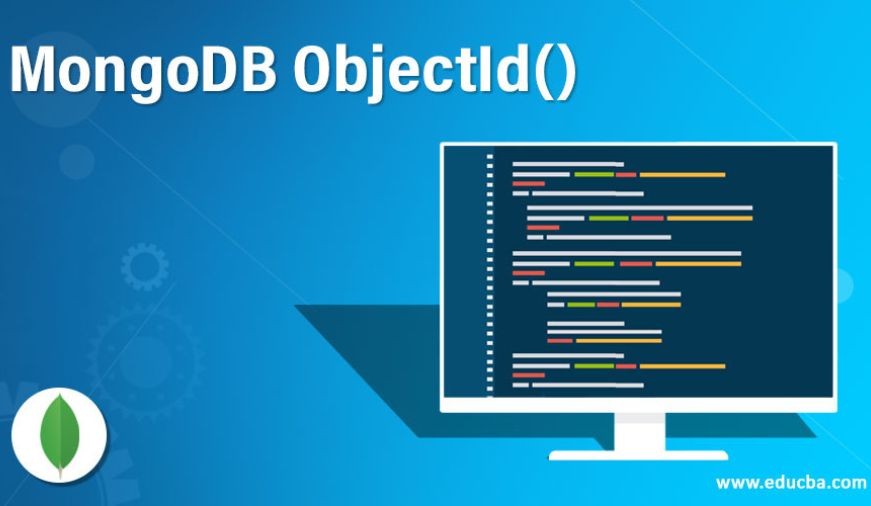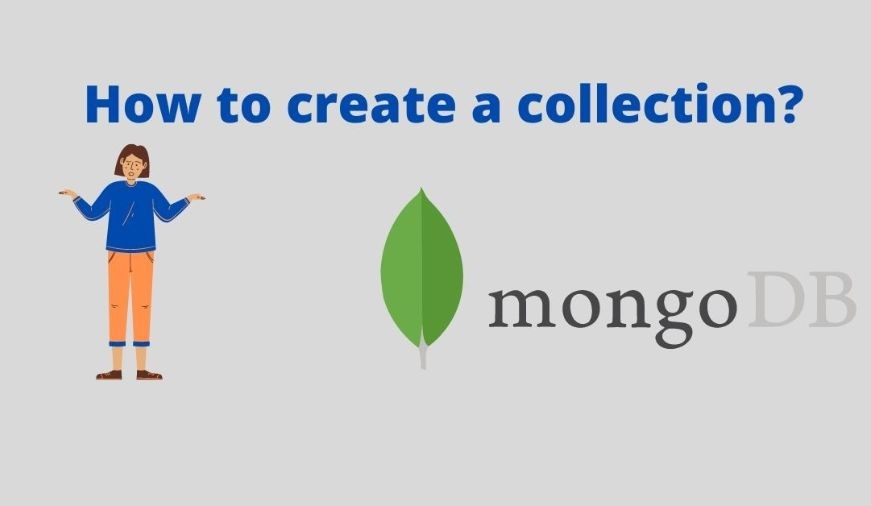What is MongoDB capped collections
Capped collections are fixed-size circular collections that follow the insertion order to support high performance for create, read, and delete operations. By circular, it mea...
What is GridFS in MongoDB
GridFS is the MongoDB specification for storing and retrieving large files such as images, audio files, video files, etc. It is kind of a file system to store files but its da...
How to working With Rock MongoDb
RockMongo is a MongoDB administration tool using which you can manage your server, databases, collections, documents, indexes, and a lot more. It provides a very user-friendly way for reading, writ...
What does MongoDB - Regular Expression
Regular Expressions are frequently used in all languages to search for a pattern or word in any string. MongoDB also provides functionality of regular expression for string pattern matching using t...
How to search for text in MongoDB
Starting from version 2.4, MongoDB started supporting text indexes to search inside string content. The Text Search uses stemming techniques to look for specified words i...
What is MapReduce in MongoDB
As per the MongoDB documentation, Map-reduce is a data processing paradigm for condensing large volumes of data into useful aggregated results. MongoDB uses ...
What is MongoDB - ObjectId
We have been using MongoDB Object Id in all the previous chapters. In this chapter, we will understand the structure of ObjectId.
An ObjectId is a 12-byte BSON type...
What are the limitations of MongoDB
Extra Overhead
Every index occupies some space as well as causes an overhead on each insert, update and delete. So if you rarely use your collection for read operations, it makes sense not...
What is MongoDB ObjectID
MongoDB uses ObjectIds as the default value of _id field of each document, which is generated while the creation of any document. The complex combination of ObjectId make...
What are the limitations of MongoDB
In this chapter, we will learn about Indexing Limitations and its other components.
Extra Overhead
Every index occupies some space as well as causes an overhead on each insert, update...












